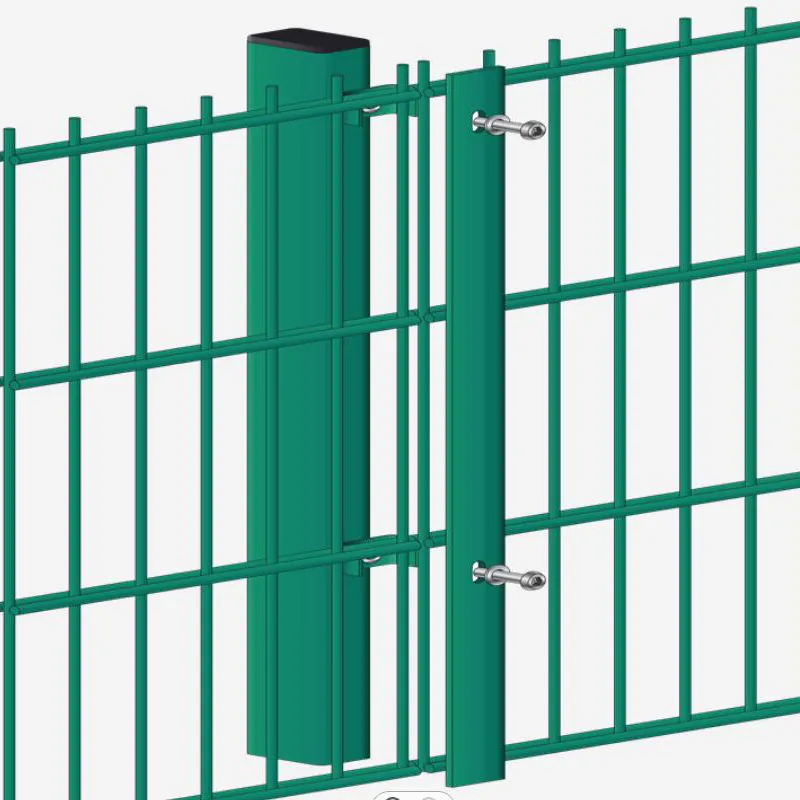
- Afrikaans
- Albanian
- Arabic
- Armenian
- Azerbaijani
- Basque
- Belarusian
- Bengali
- Bosnian
- Bulgarian
- Croatian
- Czech
- Danish
- Dutch
- English
- Esperanto
- Estonian
- Finnish
- French
- Galician
- Georgian
- German
- Greek
- hawaiian
- Hindi
- Hungarian
- Indonesian
- irish
- Italian
- Lao
- Latvian
- Lithuanian
- Luxembourgish
- Macedonian
- Maltese
- Myanmar
- Norwegian
- Polish
- Portuguese
- Romanian
- Russian
- Serbian
- Slovak
- Somali
- Spanish
- Swedish
- Thai
- Turkish
- Turkmen
- Vietnamese
ное. . 18, 2024 03:21 Back to list
installing cattle panels
Installing Cattle Panels A Comprehensive Guide
Cattle panels are a versatile and durable fencing solution that livestock owners can use to contain cattle, protect gardens, and create enclosures for various farm and agricultural purposes. Installing cattle panels can seem like a daunting task, but with the right tools and guidance, anyone can do it successfully. This article will guide you through the steps necessary to install cattle panels and share some useful tips that will make the process smoother.
Step 1 Planning Your Layout
Before you begin the installation process, you'll want to carefully plan your layout. Determine how large an area you need to enclose and how many cattle panels you will require. Cattle panels typically come in 16-foot lengths and are 50 inches high, offering a sturdy barrier for cattle. Mark the corners of your intended area with stakes and string to visualize the layout and ensure accuracy.
Step 2 Gather the Necessary Tools and Materials
Having the right tools and materials will make your installation much easier. You'll need
- Cattle panels - T-posts or wooden posts (for support) - A post driver or sledgehammer (for driving in T-posts) - Wire cutters - Heavy-duty fencing wire or zip ties (for panel connections) - A level - A measuring tape - Safety gloves and goggles
Make sure your panels and posts are all of good quality to ensure a secure installation.
Step 3 Setting the Posts
If you are using T-posts, start by driving them into the ground at regular intervals along your marked layout. Ideally, posts should be spaced about 8–10 feet apart; this will provide enough support for the panels. Ensure that the posts are upright and at a uniform height using a level.
For wooden posts, dig holes that are about one-third of the post length deep (typically 2–3 feet) to ensure stability. Place the posts in the holes and fill them with concrete for added strength, allowing the concrete to dry completely before attaching the cattle panels.
Step 4 Attaching the Cattle Panels
installing cattle panels

Once the posts are securely in place, you can begin attaching the cattle panels. Start at one end of the fence and lift the panel into position against the posts. Use heavy-duty fencing wire or zip ties to secure the panels to the posts, making sure to attach at least two points per post. This will create a strong bond and prevent the panels from sagging over time.
As you attach each panel, ensure that they are level and adequately aligned with one another. If necessary, use a saw to trim the panels to fit your space.
Step 5 Reinforcing the Structure
To reinforce the structure, consider adding horizontal or diagonal braces between some panels. This is especially helpful if you're enclosing a large area or if you have particularly energetic cattle. These braces will add extra stability and ensure that your panels remain upright.
Step 6 Finishing Touches
Once all the panels are securely in place, check for any gaps or issues. Fill in any holes or gaps in the fencing to prevent livestock from escaping. You might also want to inspect the overall layout to ensure that it meets your needs.
For aesthetics, consider painting the posts or adding decorative elements, especially if the structure will be visible from your home or frequent pathways on your property.
Step 7 Regular Maintenance
After installation, it’s crucial to maintain your cattle panel fence regularly. Check for any loose connections, debris buildup, or signs of wear and tear. Regular maintenance will extend the lifespan of your fence and help keep your animals safe.
Conclusion
Installing cattle panels can be a rewarding project for any livestock owner or gardener. With proper planning, the right materials, and some elbow grease, you can create a sturdy and reliable enclosure. Following these guidelines will help ensure your installation is successful, providing a safe and secure environment for your livestock or garden. Embrace the opportunity to design and improve your farm space—installing cattle panels is a practical solution that can serve multiple needs for years to come.
-
Your Ultimate Solution for Australian Temporary Fencing
NewsMay.14,2025
-
The Ultimate Guide to Crowd Control Barriers: Secure Your Events with Ease
NewsMay.14,2025
-
Secure Your Livestock with High-Quality Livestock Fence Panels
NewsMay.14,2025
-
Enhance Your Livestock Management with Top-Quality Cattle Fences
NewsMay.14,2025
-
Enhance Security and Safety with Temporary Fencing Solutions
NewsMay.14,2025
-
Corral Gates
NewsMay.14,2025









